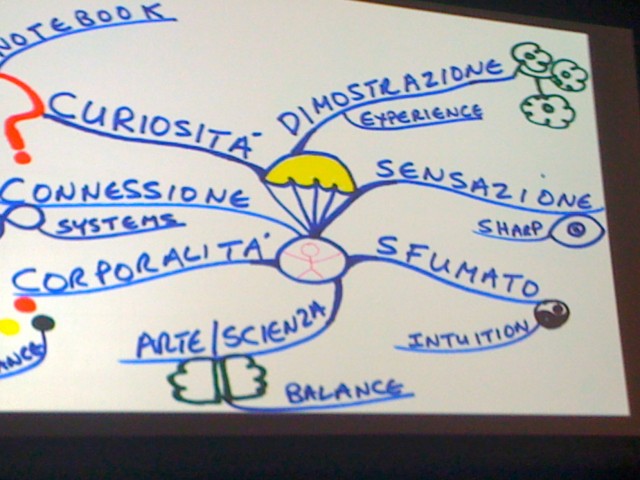It’s 2023 and time to start the year with a fresh perspective.
So I ask you these three simple questions:
- What would you do if you knew you could not fail and those around you would wholeheartedly support you?
- Are you doing it?
- If not, then why?
Think about it …
If your reason for not doing something is that you’re afraid of failing or being judged … how much worse would that be than never having tried?
It’s better to do something imperfectly than to do nothing perfectly. Click To TweetMake 2023 your year of personal leadership growth.
Do you have a goal you want to reach in 2023—either career-related or personal? Is there something you want to improve or change that’s been gnawing at you for years?
What’s holding you back? Where are you stuck? Why haven’t you been successful in the past? Have you ever considered working with a leadership coach?
Who exactly seeks out a coach? Leaders who want even more out of life.
Not sure if coaching is for you? Check out my coaching services. I will help you become clear on what you want, develop action plans, stay committed to your goals and live intentionally. With coaching certifications from the International Coaches Federation and The Coaches Training Institute, I am also skilled in organizational and relationship systems coaching—working with teams in small to large organizations.
As your coach, I will hold you accountable—and that’s a good thing because statistics show coached people are seven times more likely to follow through on their plans.
I have two openings for coaching clients now, so call me at 541.601.0114 or email me and let’s start a conversation (complimentary). Here’s to a great 2023!




 Have you ever endured a team meeting that went from productive to disastrous? Where the people from the departments that make up the team just didn’t seem to get it? They fought with each other, protected their own departments and were distracted by a bazillion side issues and personal problems? Did you drift off, thinking of Elvis Costello’s plaintive cry, “What’s so funny ‘bout peace, love and understanding?” Does it make you want to go back to the good ol’ days where each department did its job and didn’t have to worry about what was going on in other areas of the organization?
Have you ever endured a team meeting that went from productive to disastrous? Where the people from the departments that make up the team just didn’t seem to get it? They fought with each other, protected their own departments and were distracted by a bazillion side issues and personal problems? Did you drift off, thinking of Elvis Costello’s plaintive cry, “What’s so funny ‘bout peace, love and understanding?” Does it make you want to go back to the good ol’ days where each department did its job and didn’t have to worry about what was going on in other areas of the organization? I’m presenting tomorrow at the University of New Mexico’s Mentoring Institute Conference on Leveraging the Science of Happiness at Work. Excited! Also doing a poster session and getting my paper published in the proceedings. A copy will soon be on this website.
I’m presenting tomorrow at the University of New Mexico’s Mentoring Institute Conference on Leveraging the Science of Happiness at Work. Excited! Also doing a poster session and getting my paper published in the proceedings. A copy will soon be on this website. 
 What an incredible week as I attended the International Coaching Federation’s international conference! The theme was Playing to the Edge. With more than 1,000 coaches from around the world, we gathered together to continue our studies in the art and science of coaching and share perspectives on how we can help businesses and employees achieve their potential in our global economy.
What an incredible week as I attended the International Coaching Federation’s international conference! The theme was Playing to the Edge. With more than 1,000 coaches from around the world, we gathered together to continue our studies in the art and science of coaching and share perspectives on how we can help businesses and employees achieve their potential in our global economy.
 In Happiness at Work: Maximizing your Psychological Capital for Success (2010), author Jessica Pryce-Jones takes her research with more than 3,000 respondents from 79 countries and gets to the heart of what drives happiness and (this is so cool!) found that
In Happiness at Work: Maximizing your Psychological Capital for Success (2010), author Jessica Pryce-Jones takes her research with more than 3,000 respondents from 79 countries and gets to the heart of what drives happiness and (this is so cool!) found that  At the center of the Performance-Happiness Model is believing that you are achieving your potential. This is important because that belief makes you happy, and the statistics around happy versus unhappy employees are staggering.
At the center of the Performance-Happiness Model is believing that you are achieving your potential. This is important because that belief makes you happy, and the statistics around happy versus unhappy employees are staggering. Do you stay out of your employees’ way and allow them to problem solve? If not, consider that you are likely the sort of boss who is a top-down, micromanager. The command-and-control model works well in the military but results in tremendous dysfunction for work teams. Hierarchical control often results in a vicious cycle in which the work team is rendered ineffective and unvalued.
Do you stay out of your employees’ way and allow them to problem solve? If not, consider that you are likely the sort of boss who is a top-down, micromanager. The command-and-control model works well in the military but results in tremendous dysfunction for work teams. Hierarchical control often results in a vicious cycle in which the work team is rendered ineffective and unvalued.


